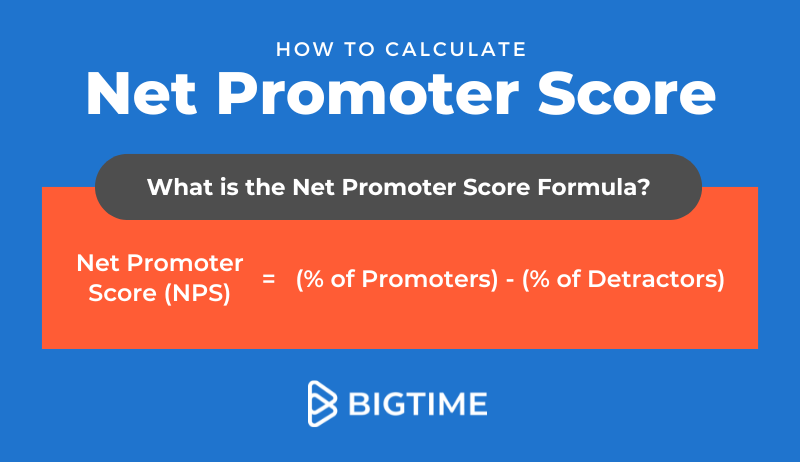
Project Analytics and Data-Driven Decisions
What do we all want as we think about managing project analytics to make data-driven decisions? We want to deliver great work, on time, on budget. We have all seen the cheeky project management meme around the tradeoffs of fast, cheap, and good… pick two.

While this is a tongue-in-cheek (but accurate) way to say, “you can’t have it all,” it does provide an interesting framework for using project analytics to improve project success.
What Are Project Analytics?
A Simple Framework for Project Management Analytics
As we look at this, fast is really time, good is really quality and cheap is really budget. Time, quality, and budget are the three keys to measure in project management.
Wait a second… the title says four keys, what gives?
Project work is inherently a human endeavor. So, the fourth is people. With that in mind, let’s review what the actual project management analytics are. How do we turn project data into action into management insight?
Project Analytics Key #1: Time
When we think about time for a project, it is really a matter of being “on-time.” So, as we forecast into the future, one of the bedrock project analytics is Percentage Complete. Not just a swag at the overall project, but down to the task level.
One way to do this is to make sure you source percentage complete when time is being submitted by tasks. If you do, it is way easier to roll this data up into percentage complete for the entire project.
Balance this against critical path tasks and we have a clear roadmap of how to manage customer expectations and resources so we can have a successful project outcome.
Now, this is only one way to manage performance analysis in project management. There are other data analysis techniques in project management as outlined by projectmanagement.com that range from very simple to very complex:
- Fixed Formula: Assign arbitrary percentages when the work starts. Then as tasks complete, they add up 100%. This is only recommended for simple projects.
- Weighted Milestones: When you hit major milestones in your project, it enables you to get to a certain percentage complete. Again, this is simple to manage but does not provide micro visibility if your milestones have complexity in them.
- Percentage Complete: This requires everyone on the project to use their judgement on how much is left on their tasks when they submit time to the project manager.
- Percentage Complete with Milestones: This is a combination of weighted milestones and percentage complete. Resources still get to use judgement on how complete each task is, but the milestone provides a gate so we don’t get over our skis.
- Level of Effort: Tracking level of effort requires resources to make judgement calls at the task level. Balancing this against elapsed time and budgeted time provides an understanding of performance.
Project Analytics Key #2: Quality
NPS (Net Promoter Score) in project management is an interesting data measure. We have spoken in the past about how measuring NPS at project milestones creates a much more realistic view than the post-delivery glow.

For some interesting ways to create some nuanced approaches to the NPS formula and discover additional professional services KPIs, check out our white paper titled Metrics That Matter for Professional Services Organizations.
However, one interesting tactic to take on NPS is to use it to create more business. When executing the final survey at the end of the project, use conditional branching for anyone who is a promoter to push them to a review site like Clutch. This enables professional services organizations to not just understand who a promoter is, but also get some real promotion!
Project Analytics Key #3: Budget
There is nothing that will blow up a project faster than a budget overrun. Managing customer expectations and communication are critical for the best project managers and professional services organizations.
Estimate at Complete (EAC) is a great way to analyze your project in the present while keeping a keen eye on the future. Most importantly, it enables project managers to manage customer expectations well.
There are three metrics that you need to calculate Estimate at Complete:
- Actual Cost (AC) is the present cost of the project
- Budget at Complete (BAC) is the expected cost at the end of the project
- Earned Value (EV) is the forecasted cost of the project at a specific stage
The easy way to think about this formula is that everything in the parentheses is your budget at the start of the project.
With that in mind, Estimate at Complete is measured as follows:
Estimate at Complete = Actual Cost + (Budget at Complete – Earned Value)

To really understand Estimate at Complete, it really matters for us to be thoughtful about what resource is working on what task through the rest of the project. If we move tasks between resources, rate types can wildly swing a budget.
Finally, Estimate at Complete needs to consider both customer-facing estimates and internal profitability estimates. Both matter to different people. We could nail a customer estimate on a fixed price project BUT sacrifice our own profit. Estimate at Complete as a project management data point gives us this type of critical insight.
Project Analytics Key # 4: People
When we think about projects, nothing happens without great people. As we have entered the Great Resignation, macro project management data analytics need to consider burnout as a major factor. But how can we measure that? We have found that the two most correlated things to employee attrition rates of professional services organizations were:
- Amount of Time Since Last Vacation
- Billable Utilization
In looking at consultants who left a company, over half of them had not taken a vacation day in more than four months as compared to a median of two months without time off for employees who stayed. In addition, people who left were between 18% and 23% busier than people who stayed.
Keeping our teams engaged, fresh and productive is key to great long-term delivery and successful project outcomes.
Without understanding our people, there are no data analytics in project management. Heck, there are no projects to deliver in the first place.
Summary: Project Data and Success
We could list tons of individual measures that are specific to project analytics. In fact, we wrote a whole geeky (it’s true) on professional services KPIs and how to measure them. If you are interested in more, check that out.
However, no matter the measure, they could all be arranged into the four data-point framework of time, quality, budget, and people.
In summary, the four keys to project analytics to make data-driven decisions are:
- Time: Percentage Complete
- Quality: Net Promoter Score, but don’t forget to create some promotion!
- Budget: Estimate at Complete
- People: Burnout Rate
Good luck nailing your project and let us know if we can ever be of service!
Frequently Asked Questions About Project Analytics
What are project analytics?
Project analytics is a systematic analysis of data to identify meaningful patterns and insights about an organization’s projects. This data helps services organizations make better decisions about the future of their projects.
What are the four keys to project analytics?
- Time: Percentage Complete
- Quality: Net Promoter Score, but don’t forget to create some promotion!
- Budget: Estimate at Complete
- People: Burnout Rate


.png)


